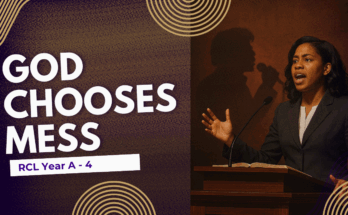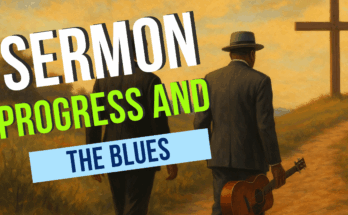As an Amazon Associate I earn from qualifying purchases.
 A few weeks ago, I heard a sermon by a preacher who obviously had heard of the benefits of stories in effective sermons. However, a particular illustration had great difficulties for the sermon. It actually detracted from the message in that it was very involved. One had to have a scorecard to remember all the names that the preacher presented. However, that was only the first problem. The next problem was that the story just didn’t seem believable. It may have been true, but it wasn’t believable. Finally the story was illustrating points that needed no illumination. As I thought about this sermon, I quickly thought that these are three rules that can help anyone’s use of stories. Namely, if you are going to use stories effectively you should do these three things.
A few weeks ago, I heard a sermon by a preacher who obviously had heard of the benefits of stories in effective sermons. However, a particular illustration had great difficulties for the sermon. It actually detracted from the message in that it was very involved. One had to have a scorecard to remember all the names that the preacher presented. However, that was only the first problem. The next problem was that the story just didn’t seem believable. It may have been true, but it wasn’t believable. Finally the story was illustrating points that needed no illumination. As I thought about this sermon, I quickly thought that these are three rules that can help anyone’s use of stories. Namely, if you are going to use stories effectively you should do these three things.
Story Should Aid Understanding
The first thing you need to ask yourself before you use a story is will this story aid understanding of the sermon? If you drop the story, would something be missing? Don’t just tell a story to fill the time. In addition, don’t even tell a story to illustrate a point, if the point is already clear, move on.
Sometimes a short referring to a cliche’ or even a great hymn or spiritual from the tradition will be all that is sufficient to illustrate the point you are considering.
Story Should Be Simple
The preacher I referred to above told a story that was long and involved. It had 5 characters who were interlocked together. It was confusing to get the names right. One should always keep in mind that you cannot do in a sermon what you can do in print. Yes you can tell a short story in print, however, a sermon requires either more work on the part of the story teller or less complexity.
Keep your story simple!
Story Should Be Believable
The last and very important thing to remember is that your story should be believable. Note I didn’t say it should be true. Yes, it should be true, but it must also ring true. There are some stories that are just so far fetched that you probably shouldn’t use them in the pulpit because the fact that the story is hard to believe will detract from your message.
Now, there are some exceptions to this rule, like obvious homiletical devices, but in general, if you are telling a story that is supposed to be an actual occurrence, make sure that it is believable.
Conclusion
If you break one of these rules then your sermon will suffer. As I listened to the preacher and looked at the preacher, I could tell that he was getting more frustrated as he was further alienating the people by his less than effective sermon.
So please make sure that your story aids the sermon, is simple, and is believable before you attempt to use it in your next sermon.
Amazon and the Amazon logo are trademarks of Amazon.com, Inc, or its affiliates.







You have good points in mentioning how a story should jell in the sermon. Here in the Philippines, some preachers use American stories where the congregation could not relate immediately. If it is possible at all, stories should not only be believable but should also have local appeal where the hearers could connect it to the message.